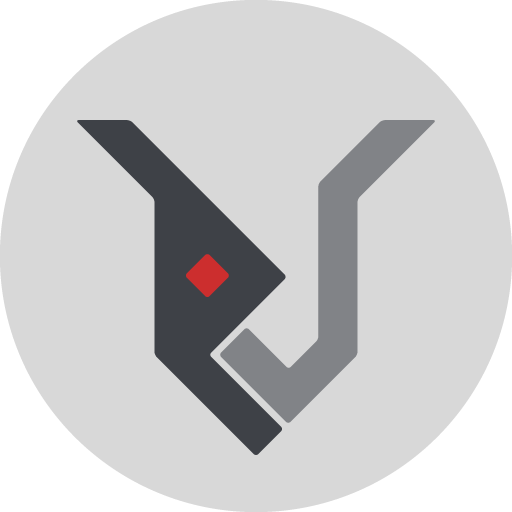Typographer, designer and frontend developer. Studied mathematics (ELTE) and typography (MOME) . Interested in experimental and generative design.
Hello. I’m Adam. Nice to meet you. No, really. I mean, it’s good that you’re reading this. I’ve heard somewhere a statistical survey stating, that only one out of ten users are curious about these “About” pages. Now you’re this one. Congrats. You’ve got the free beer. (Just kidding. Nothing is free.) OK. Honestly.
Maybe some words on myself and this insanity. I started out as a math teacher in a secondary school. (No, don’t stop, I’m serious.) After graduating in the high school, I went to the Eötvös Loránd University, Budapest, Faculty of Science. It was a great time. Differential equations, vector spaces and beer. You know, the usual stuff. Don’t tell me it was something completely different when you were at Harvard. After teaching in high schools for three years, I quit.
That was the end of the nineties, the youngster age of the web, and everyone around me assembled a page somehow. So I got infected with HTML, JS, CSS, PHP, XML, and almost all the other three or four letter abbreviations. Soon I found myself in a graphic design studio coding ActionScript from five to nine. (Yes, it was the time I woke up late and went to bed early. In the studio.)
You remember, the age of the full Flash sites, the animations, and those damned intro pages, where you faced a steampunk room with techno loops and audio-off buttons with the tiniest font size ever. And banners. Lottsa banners. So I spent these years here, and later in another workplace, where I created interactive educational materials.
Still, form time to time, I found myself being interested more and more in graphic design. (Not a surprise. My mother, my brother and even his wife are art historians.) So much, when I first read Simon Loxley’s “Type: The Secret History of Letters” I suddenly realised that’s my life. I want to study typography. Now. The problem was that I didn’t know, where it is taught, how much it costs, how would the timetable affect my working hours—am I not too old for another university at all? (Aged 35.)
It turned out: not. After two and a half years on the Moholy–Nagy University of Art and Design I got my “Chartered Typographer” degree. I was happy like almost never before. (Subsequently I have to say a huge thanks to all the teachers, but especially to our class leader Péter Maczó, whose liberal attitude tolerated my unbearable interpretation of time.)
Now, if you’re still reading this, you may ask “OK, but how comes coding to typography?”—well, quite simply. The years of my first college had their effect: they changed my point of view on the World. The strict, hierarchical, accurate and logical construction of a mathematical question and proof does not necessarily differ from a typographic problem.
Typography is as much an art as a strict craft. (Not accidentally was William Morris—one of my favourite typographers—the leader of the Arts and Crafts movement.) You have to be consequent while designing a page, a calling card, an identity, anything. Mathematics was a good starting point for this.
And what the generative art concerns: that’s my old time favourite too. I always loved computationally produced images, so generative art is an ideal meeting point of my coding knowledge and affinity for graphic design. I like the way pixels are generated randomly from a few lines of code.
That’s the reason of the many experiments with a massive spectrum of applications: each one of them has its own universe. And I love floating in this space. So, that’s me. Your typographic rabbit in an algorithmic way. At your service. Thanks for reading. See you later.
